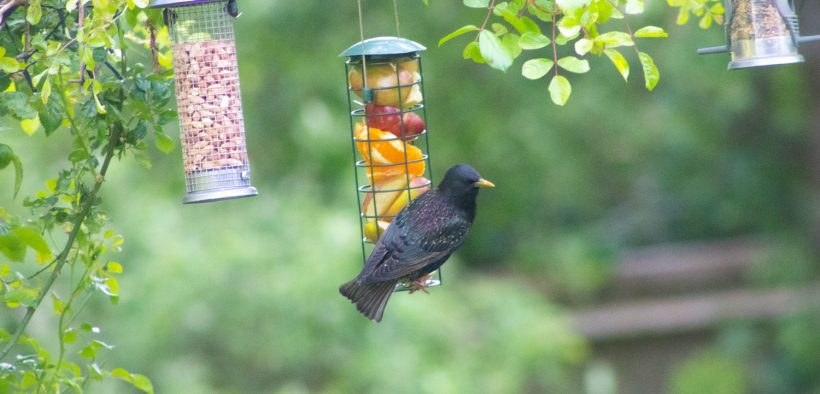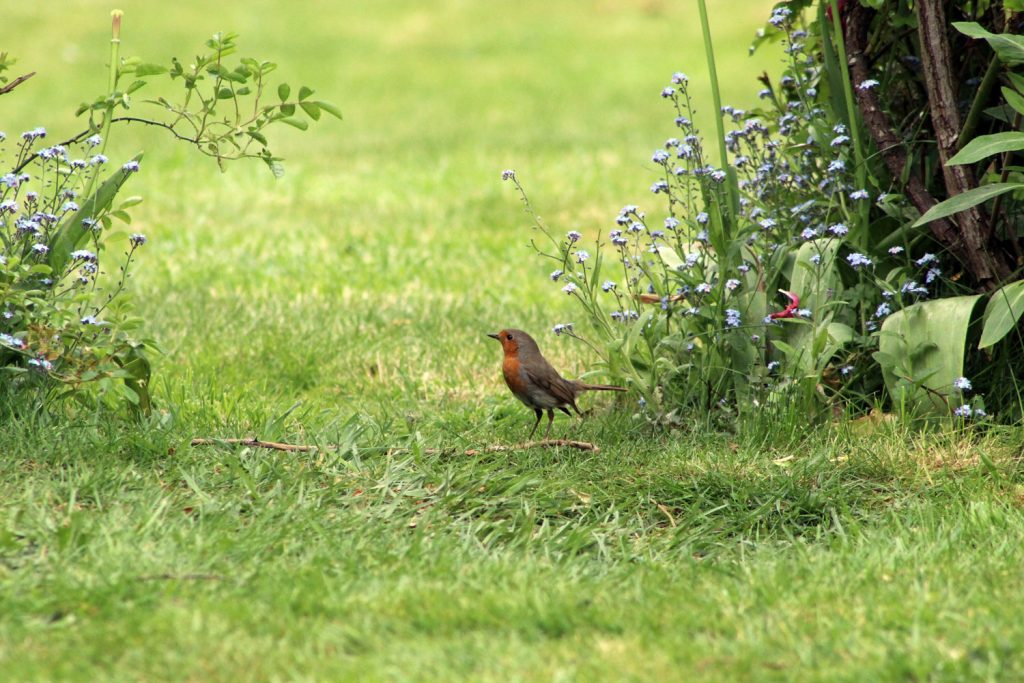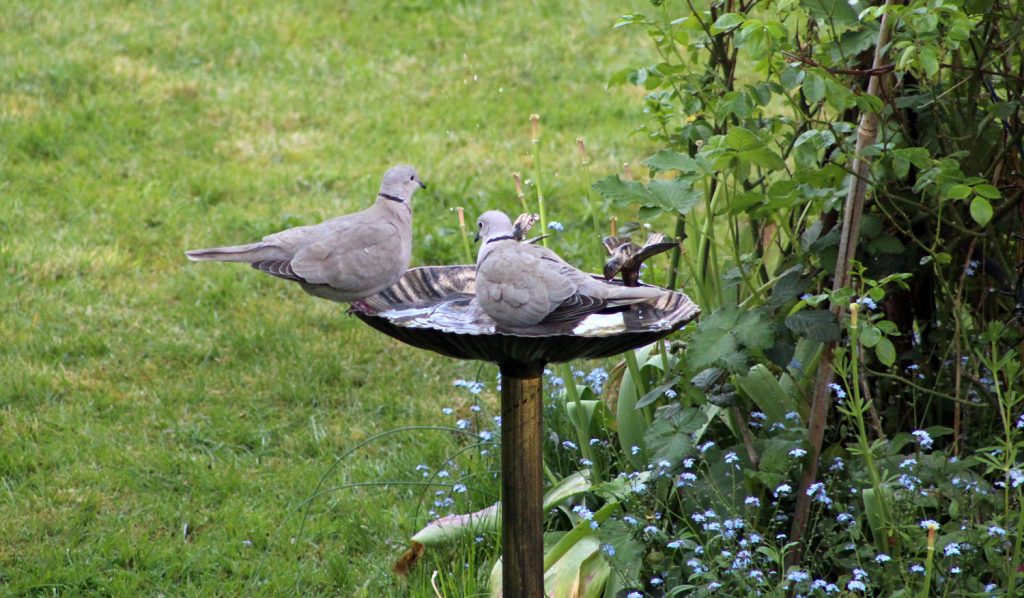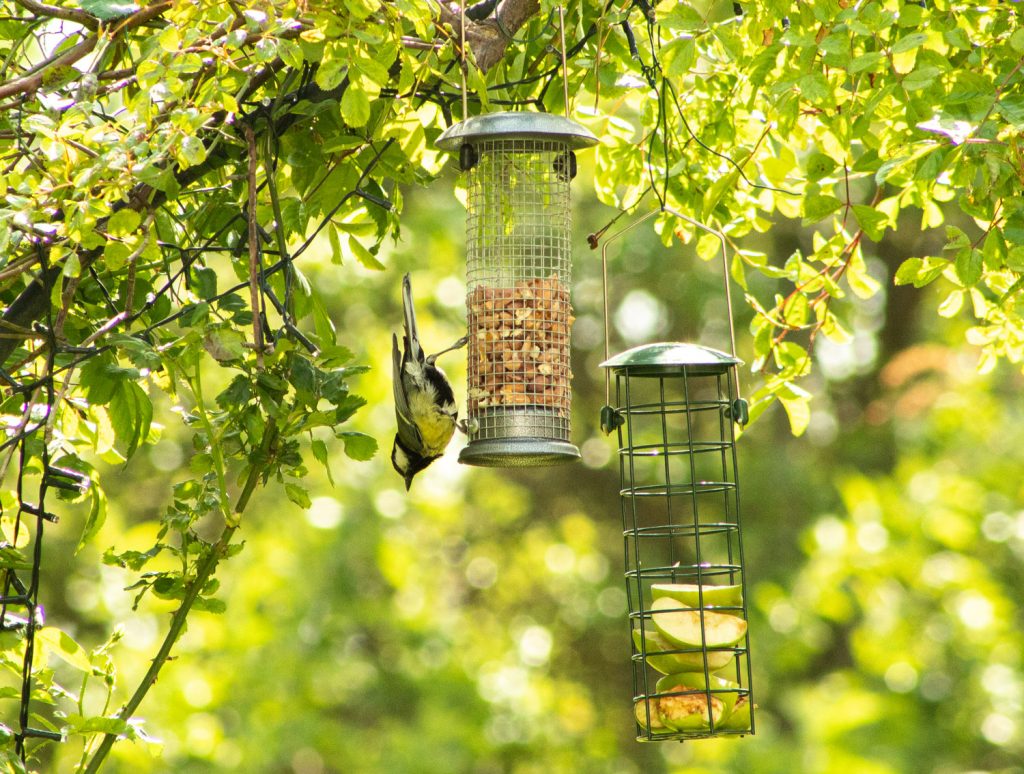A BEGINNER’S GUIDE TO ATTRACTING BIRDS
Share

By Debbie Clark
For clarity, we are talking about our feathered friends, so if you are looking for dating advice you are in the wrong place. If, however, you want to know how to attract a range of British birds to your garden, please do keep reading!
It is so easy to take nature for granted but the last half a century has seen a dramatic decline in ‘common’ UK birds. Sparrows and starlings, among others, are now listed as birds of extreme conservation concern. Inviting birds into your garden cannot only help these species but also open your eyes to the beauty of the birds we have in the UK and their fascinating behaviours. It is easy to assume that food alone will attract birds but, in fact, they are also looking for water, shelter, nesting spots and protection from predators so look for ways to create a welcoming environment if your garden doesn’t already offer these luxuries.

When you first start feeding birds and noticing what you see, it is likely that you will spot blue tits, great tits, robins, wrens and blackbirds. If you are lucky, you may attract some less traditional garden birds including the great spotted woodpecker, long-tailed tit, goldfinch and greenfinch. We love the i-SPY Garden Birds book as a quick reference guide. If you intend to spend a lot of time in the garden, you may find a Bird Spotting Journal useful to track the birds you see and any patterns in their visits or behaviour.
What Do I Need?
The best thing you can offer birds is a space rich in their natural diet, by creating a garden full of fruits, berries, seeds and insects. Birds are most attracted to berries as they provide valuable food during the winter. Good berry plants include rowan and hawthorn. Seeds will also be a source of food throughout the winter but the seed heads must be left to ripen. Sunflowers are an easy place to start. Water is vital too, be it in the form of a shallow pond, birdbath or a simple tray of water.

There are a variety of ways to offer supplementary food and it really is a case of what suits you and your garden. However, different birds will be attracted to different foods so if you are able to find a way to offer a selection, you are likely to welcome a wider variety:
Bird tables are a good starting point and are useful for leaving out bits like seeds, chopped apples, cereal and raisins.
Feeders come in a variety of styles including mesh feeders and seed tubes and are great for nuts and seeds.
Fat balls and suet blocks can be bought from garden centres and are a valuable source of energy. They can be placed in feeders or put straight on the bird table.
A ground feeder cage is useful to help birds that prefer to eat on the ground do so safe from cats.
Mealworms can also be handy to supplement the diets of insect feeders.

It is imperative that feeders, tables and baths are regularly cleaned. A build-up of bacteria or fungal spores could kill the very birds you are trying to help protect.
Finally, see if you can get your neighbours interested too! If enough gardens provide support for birds, you will not only attract more birds to the area but also create essential corridors for wildlife to move through and live in.




Social Media